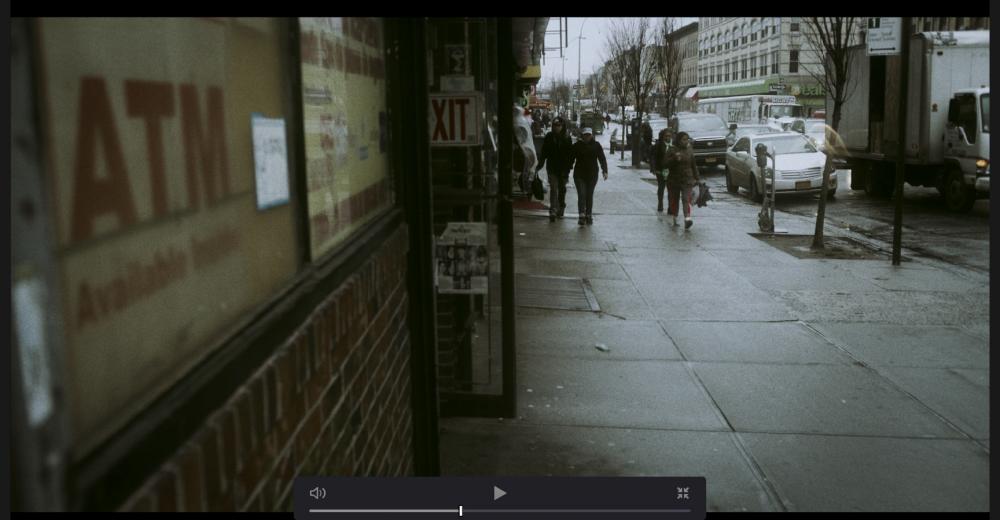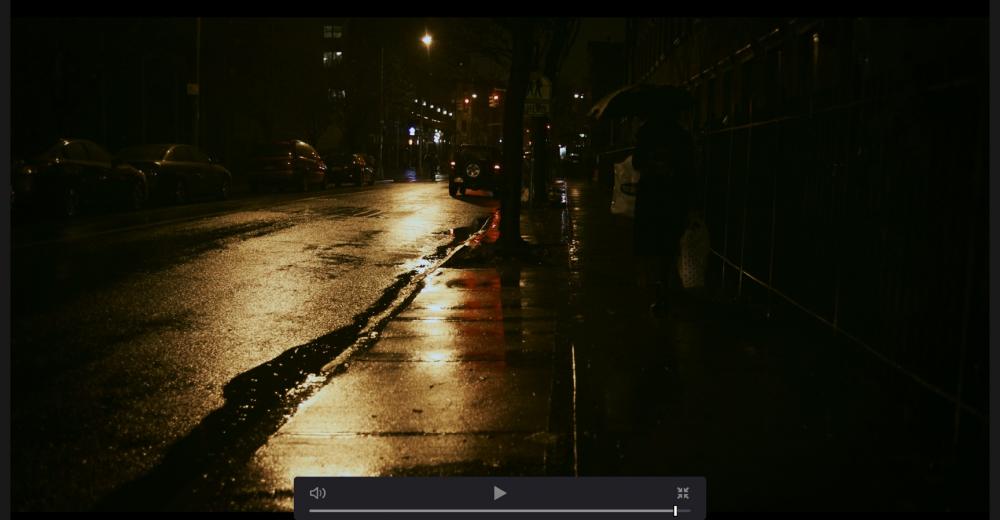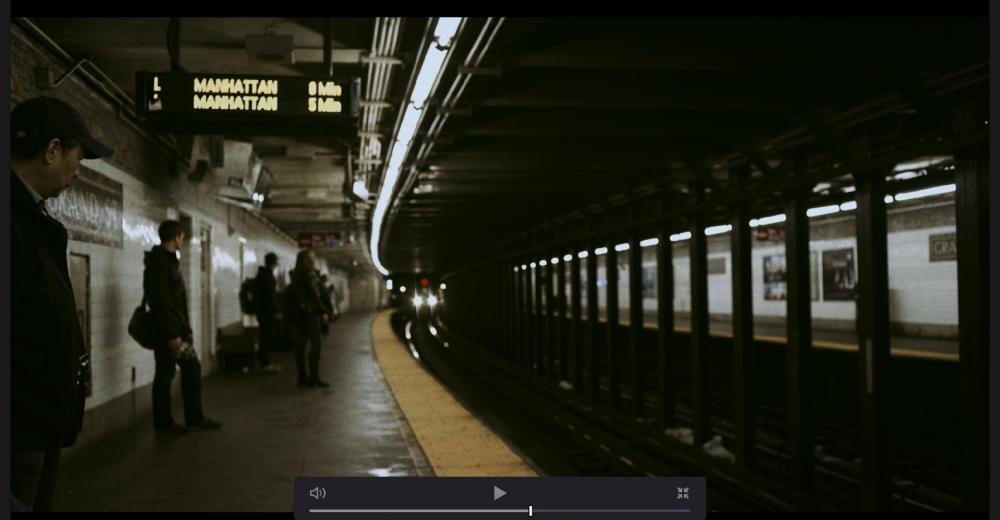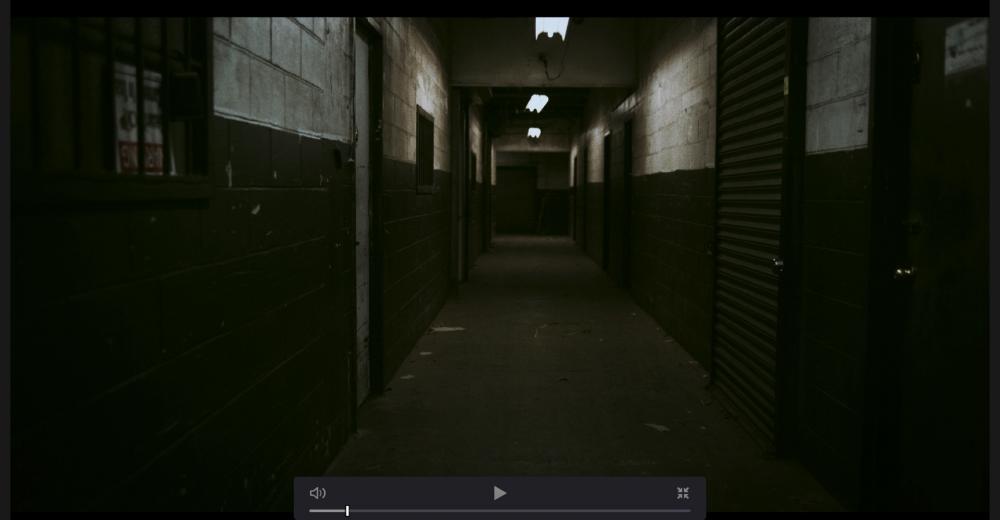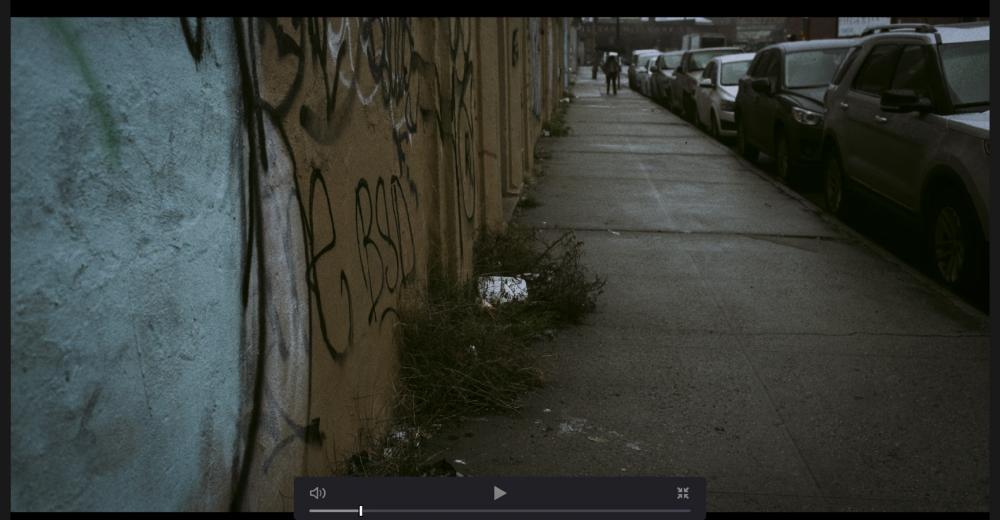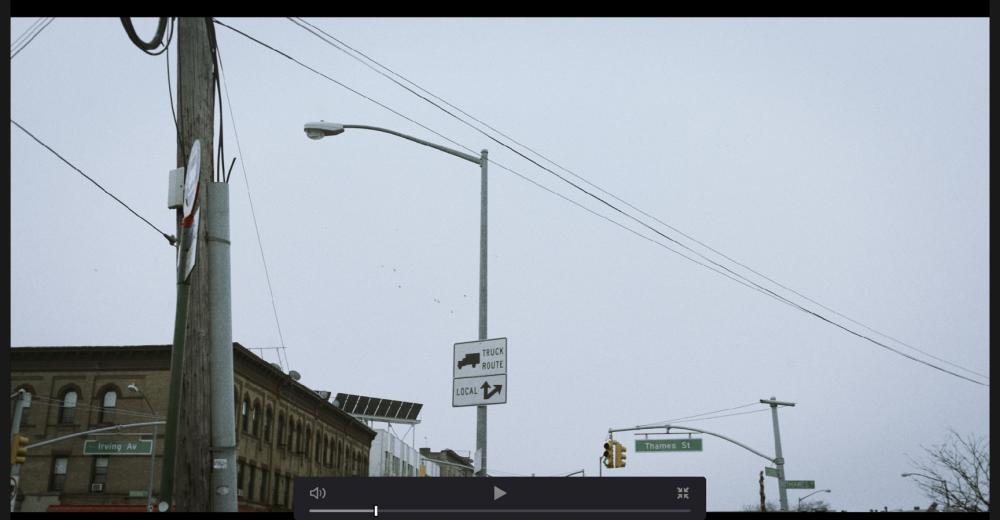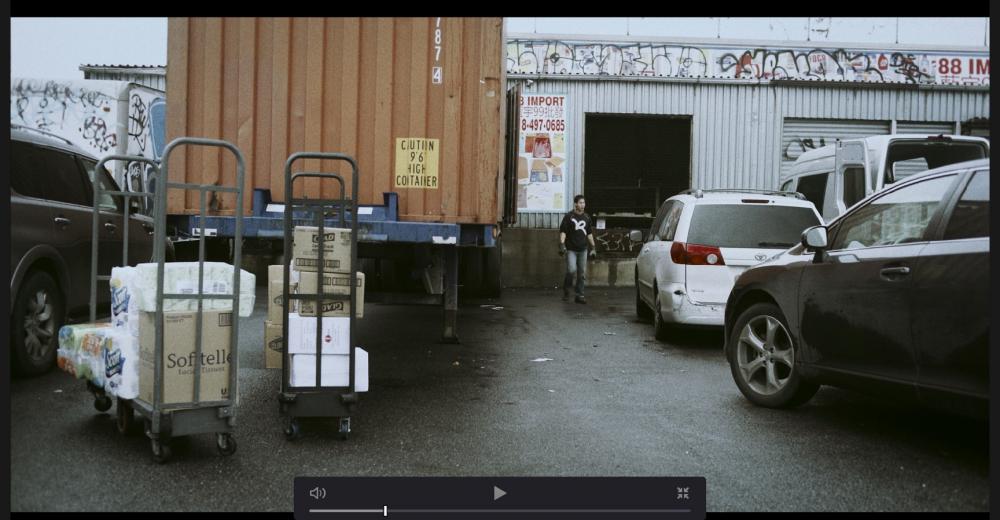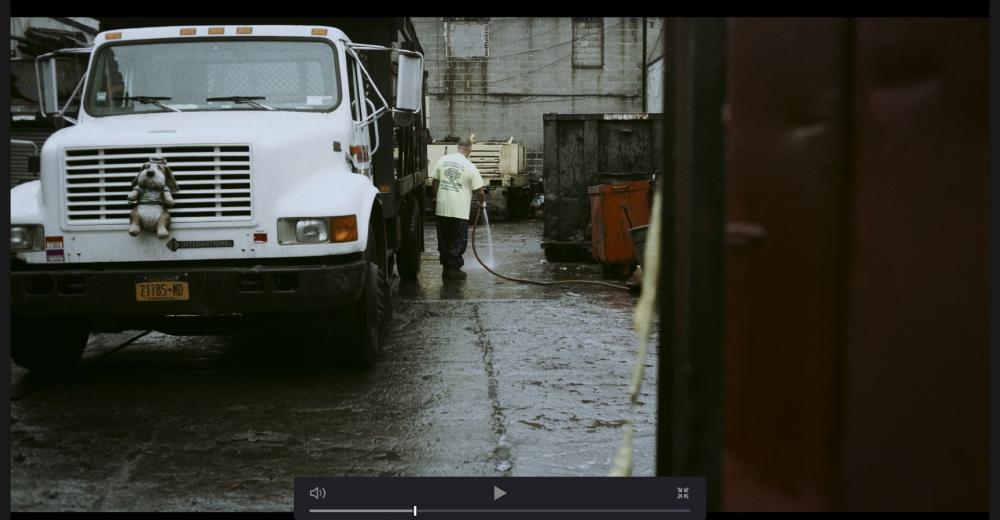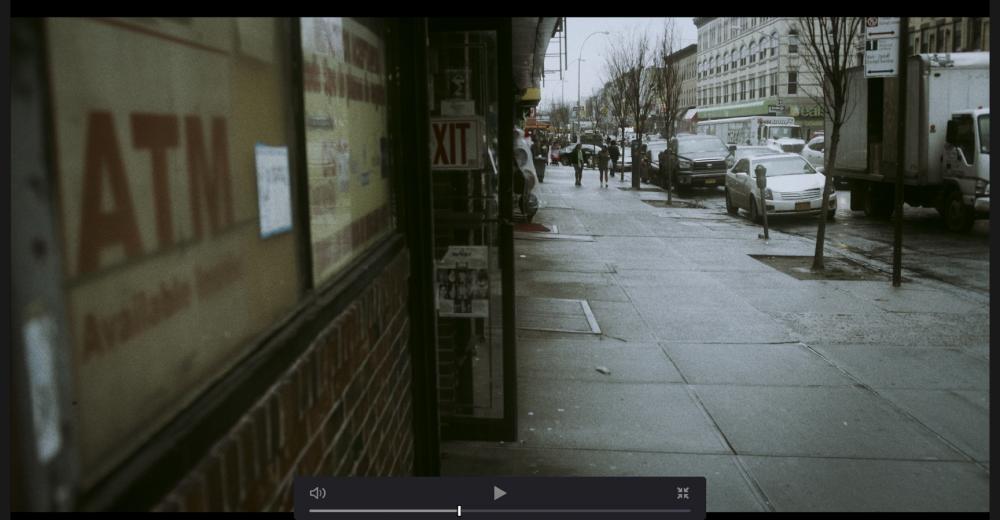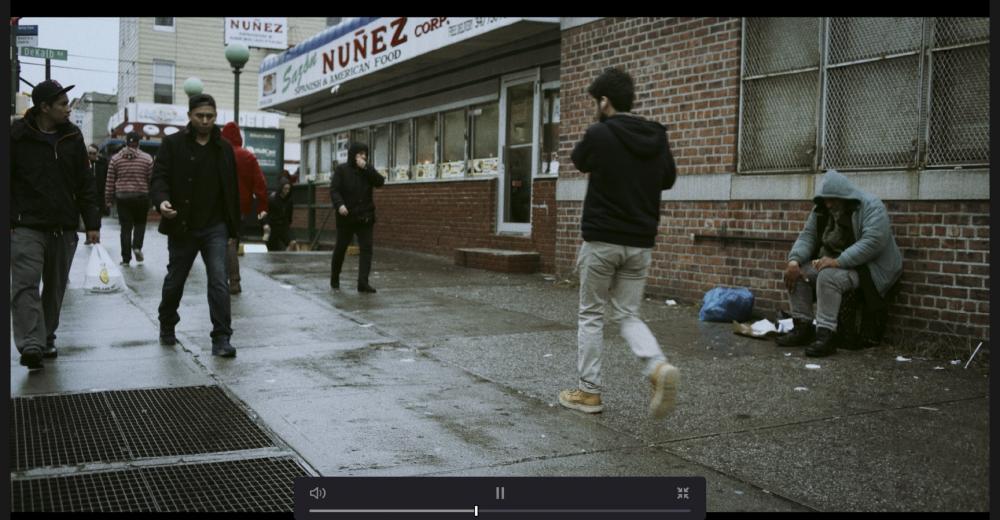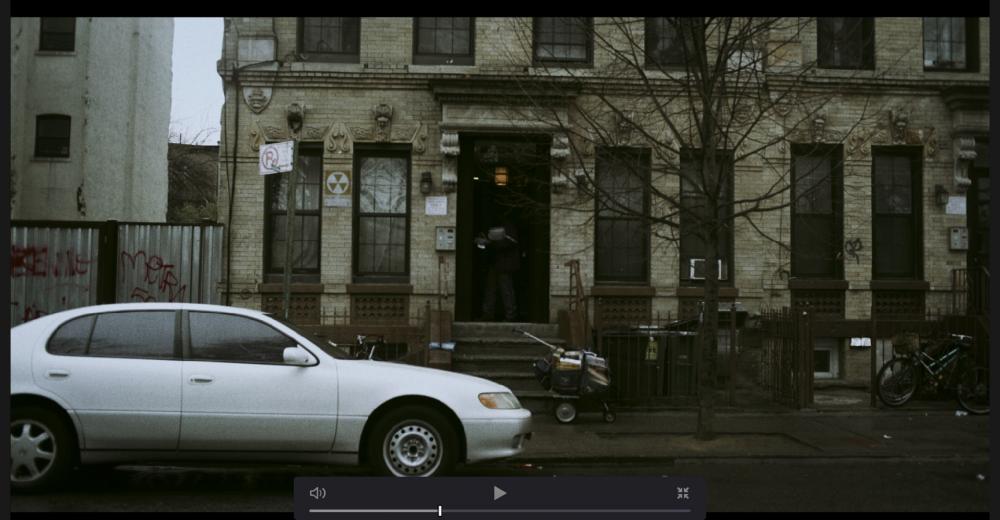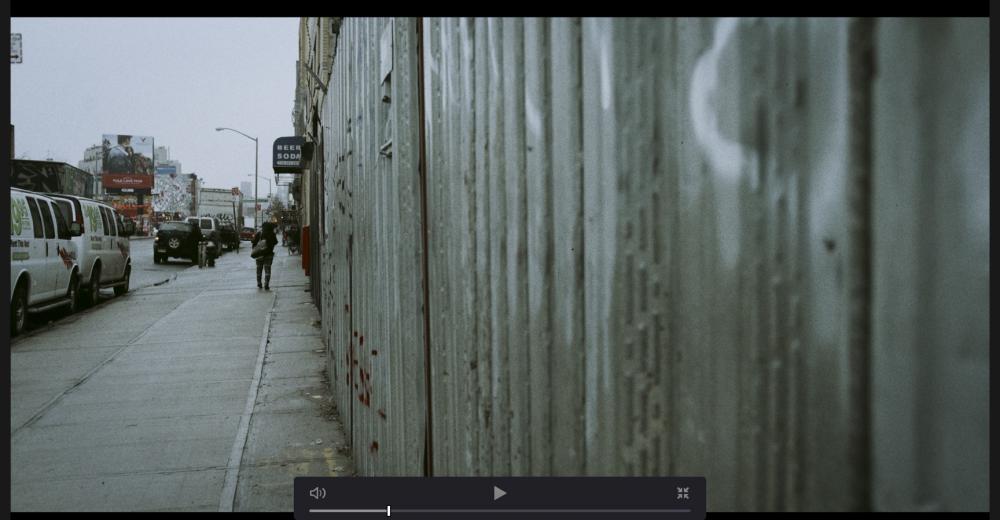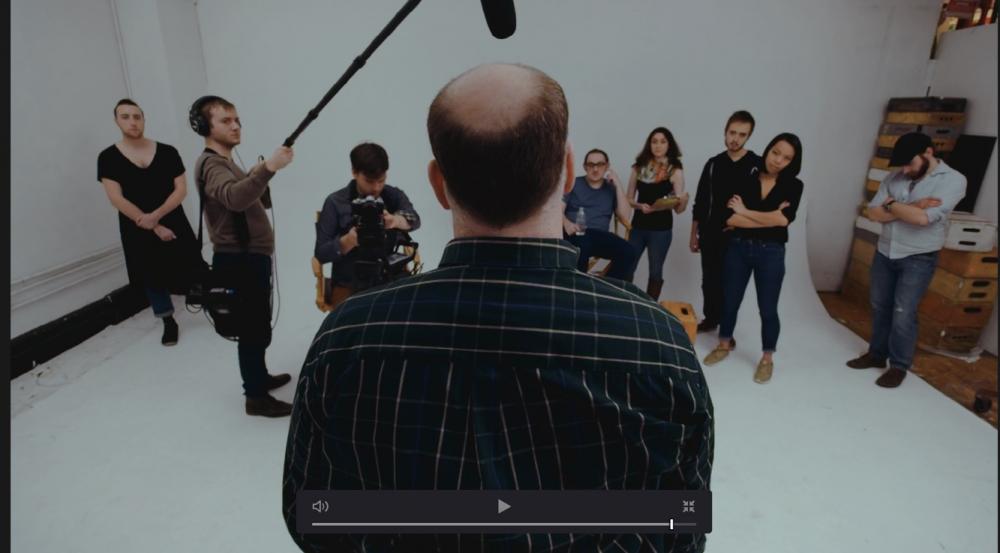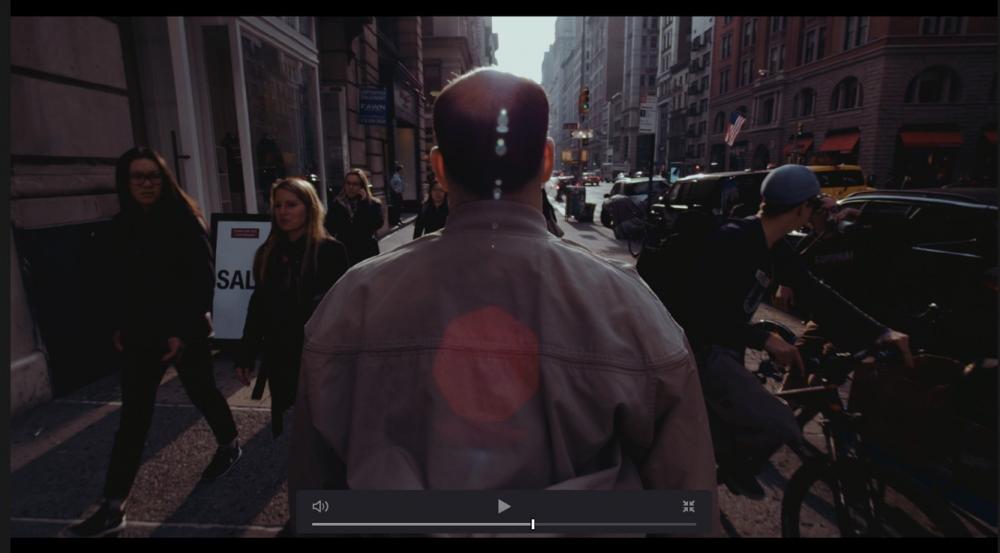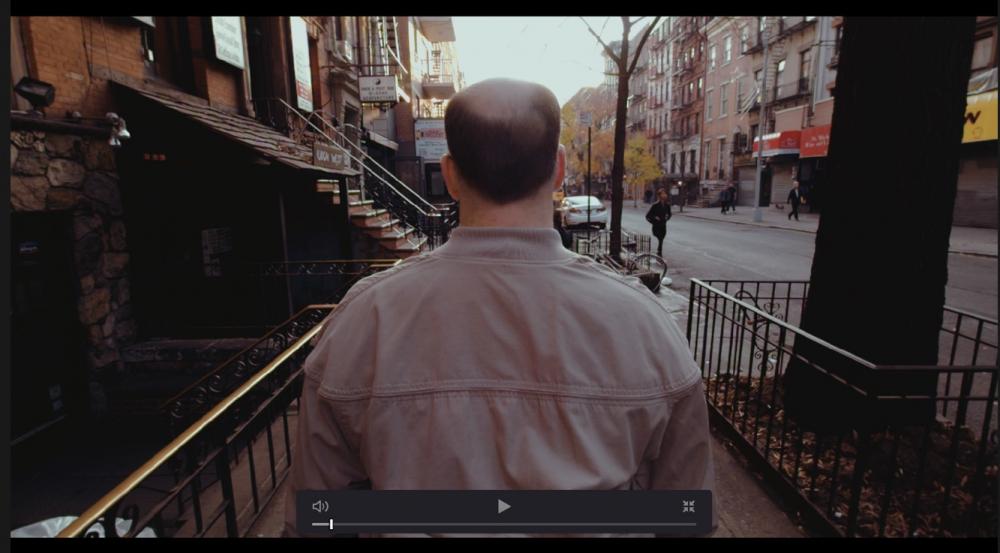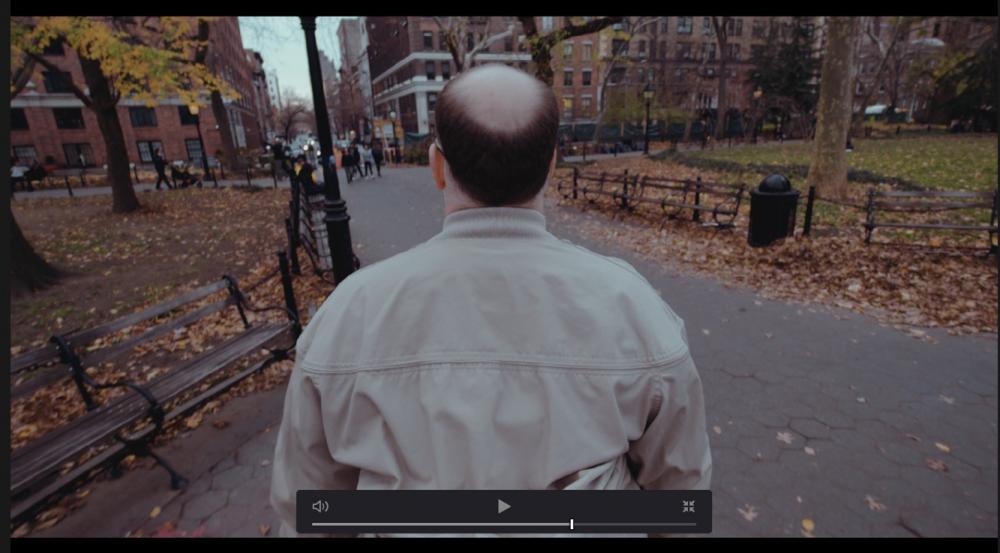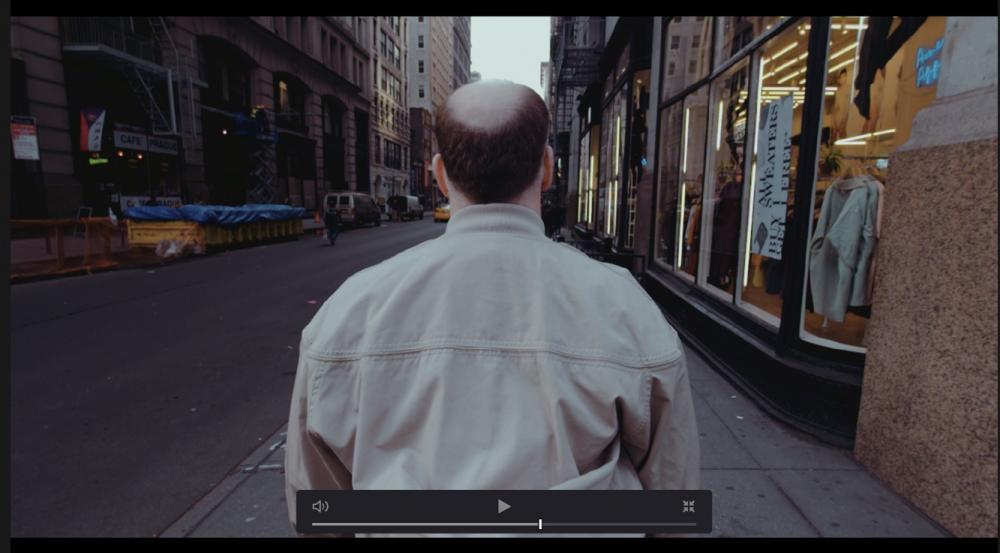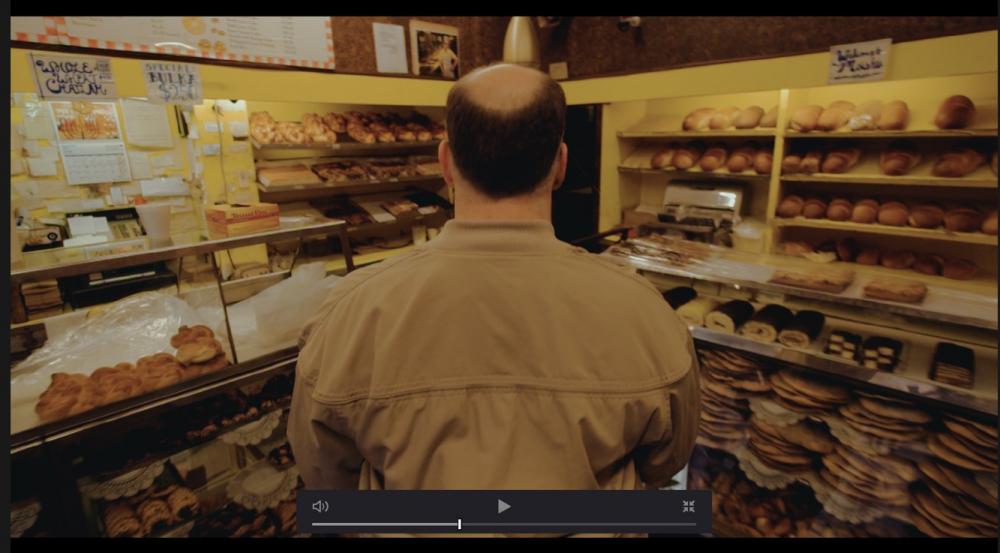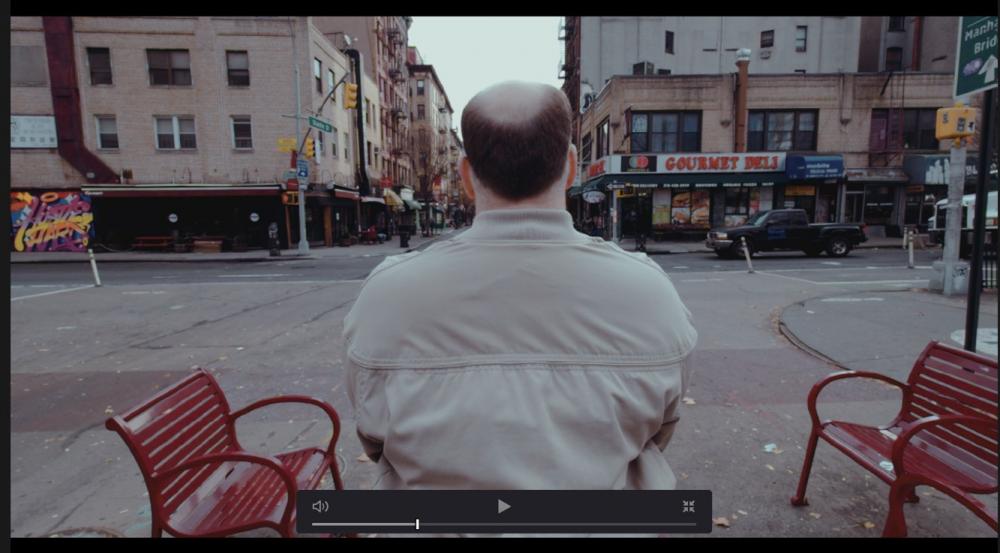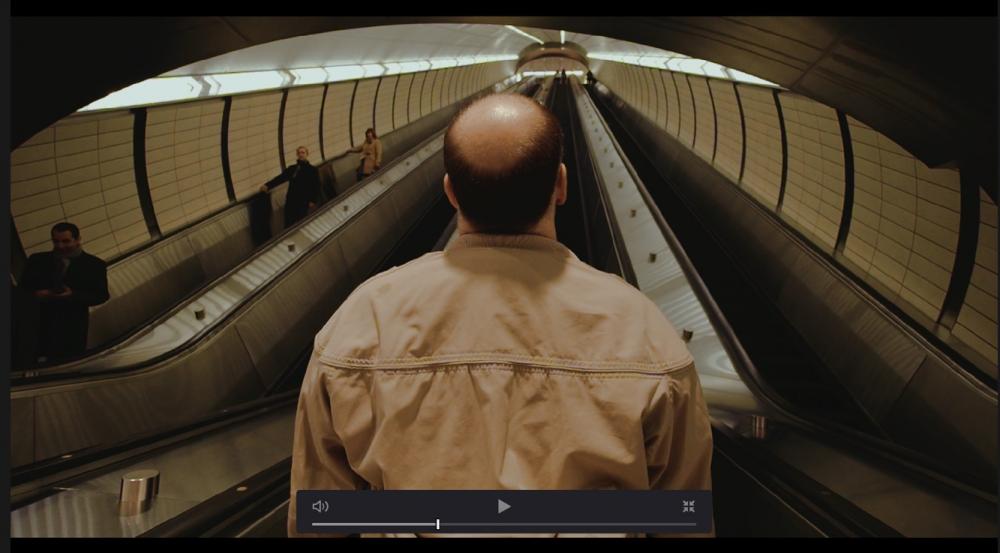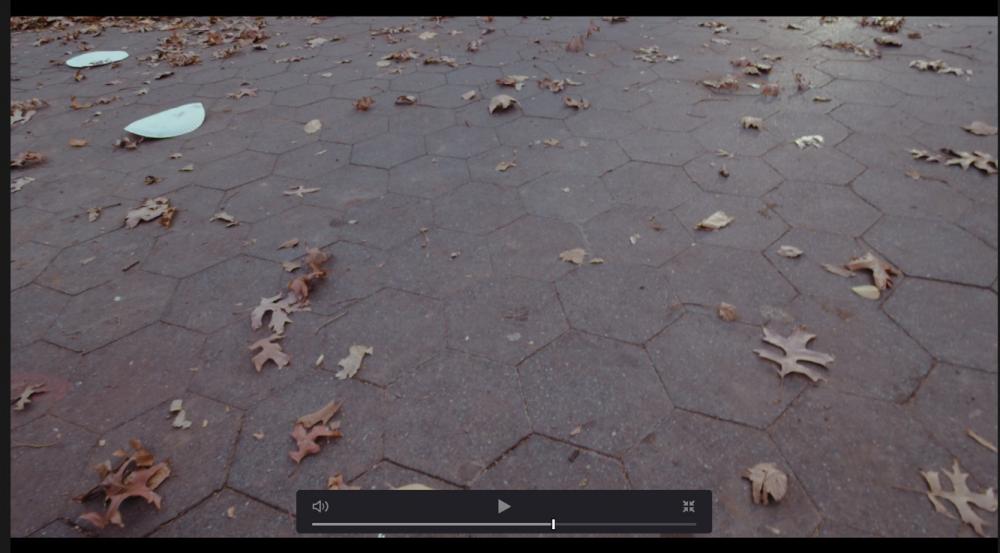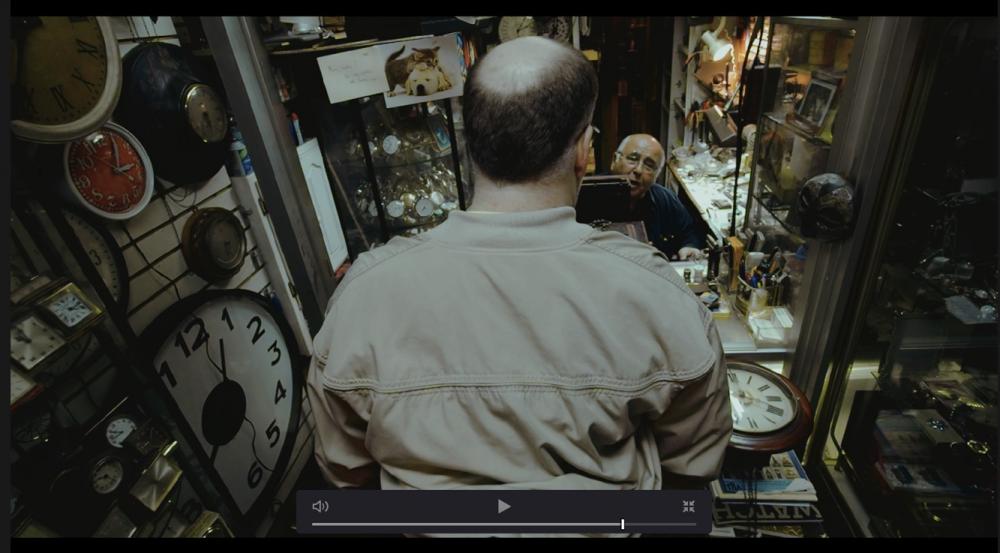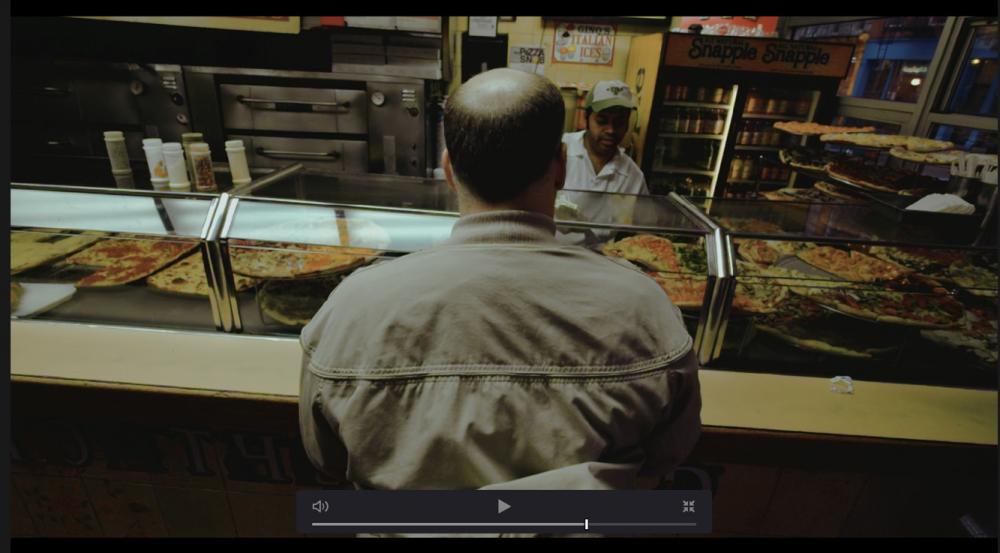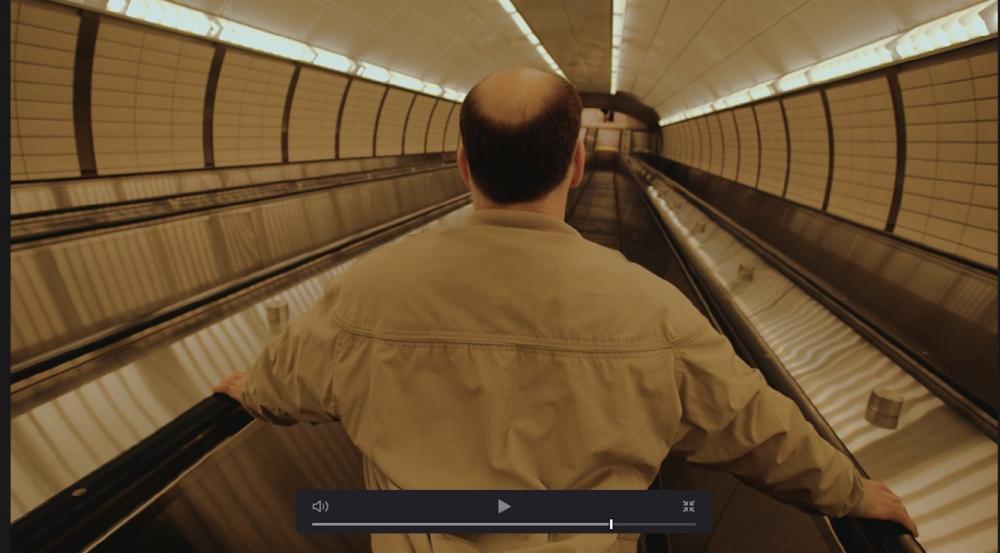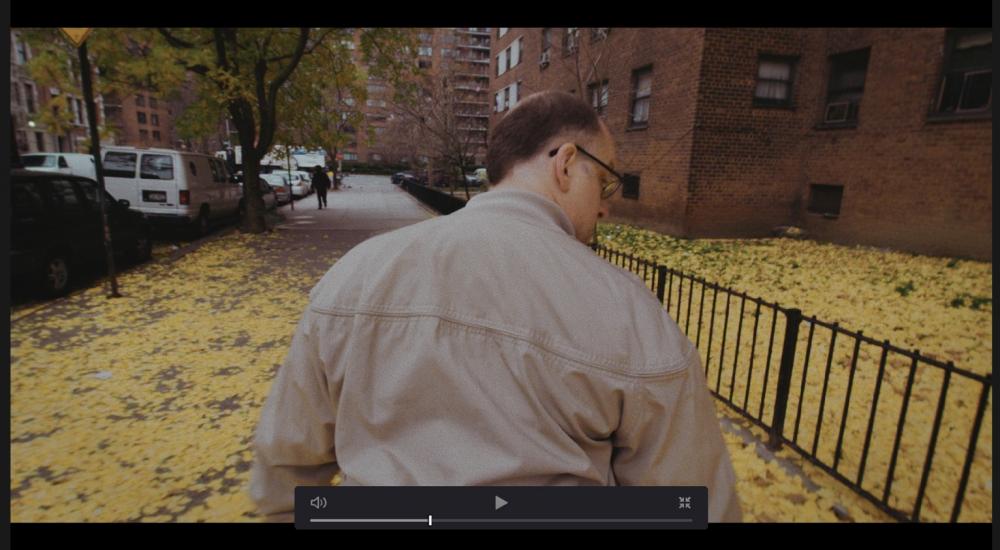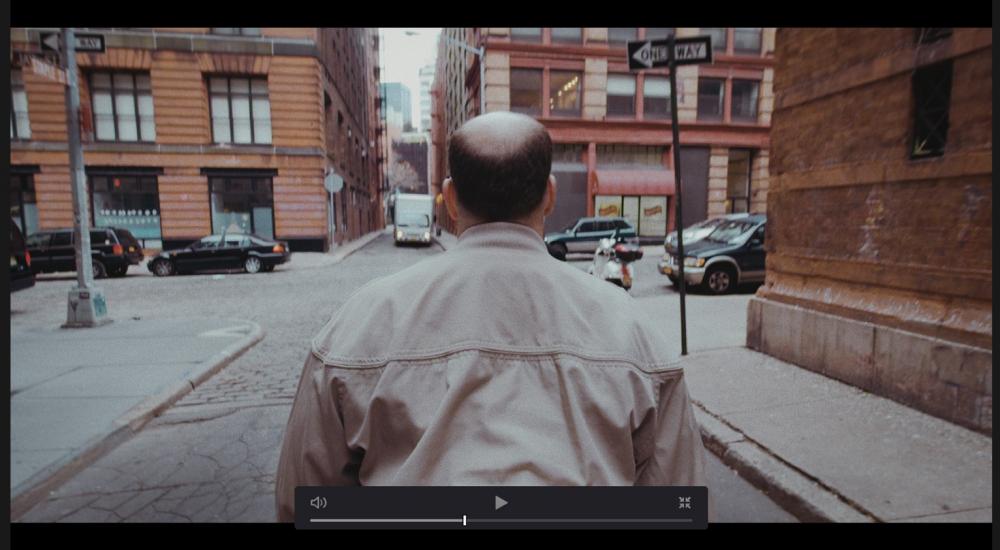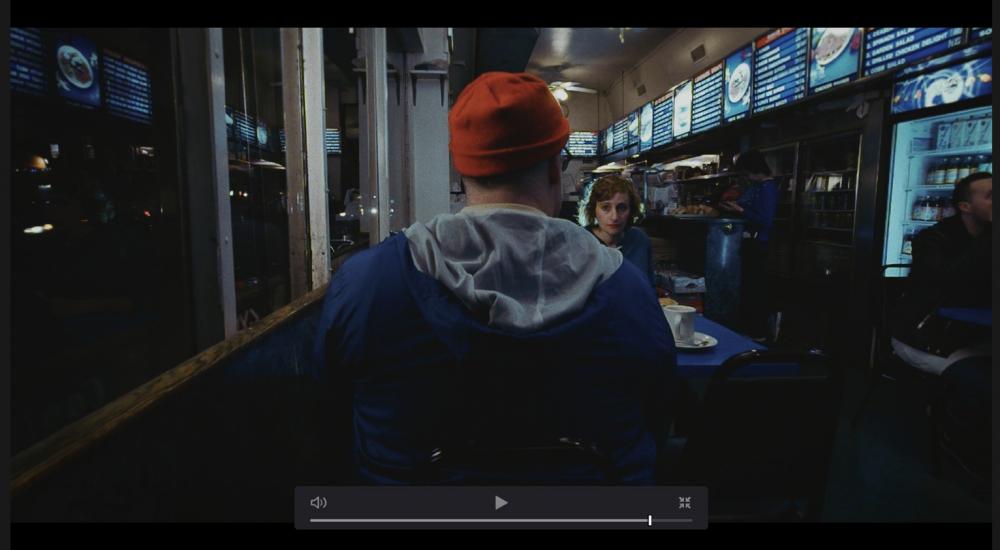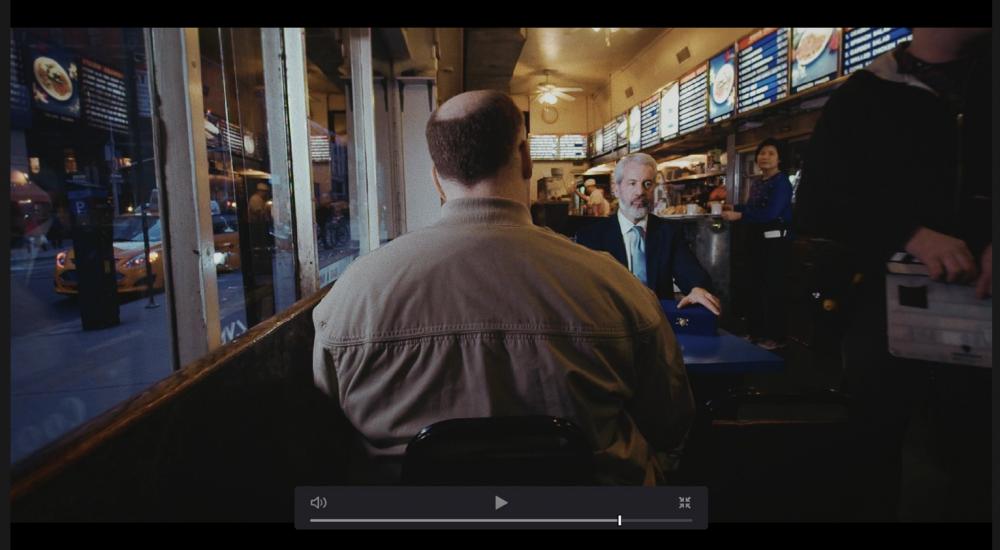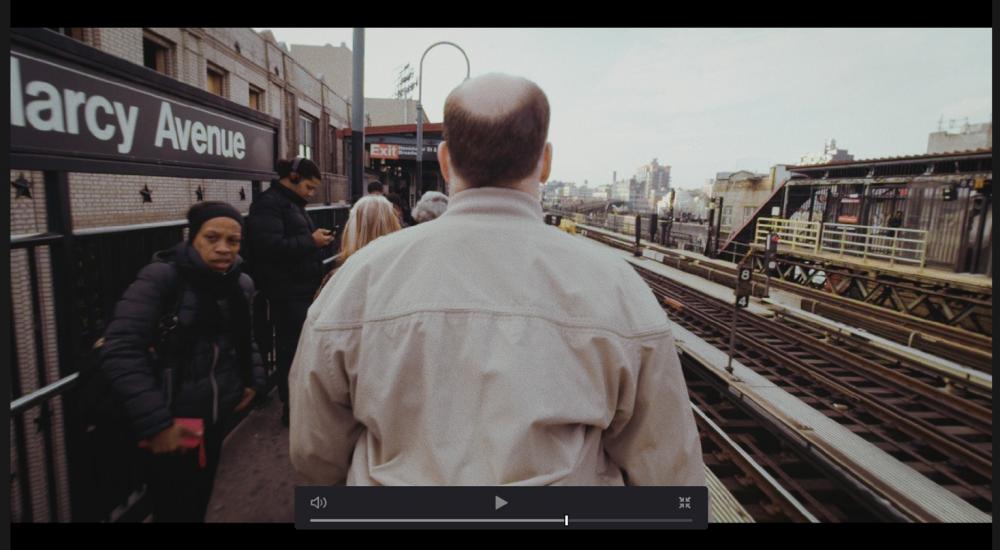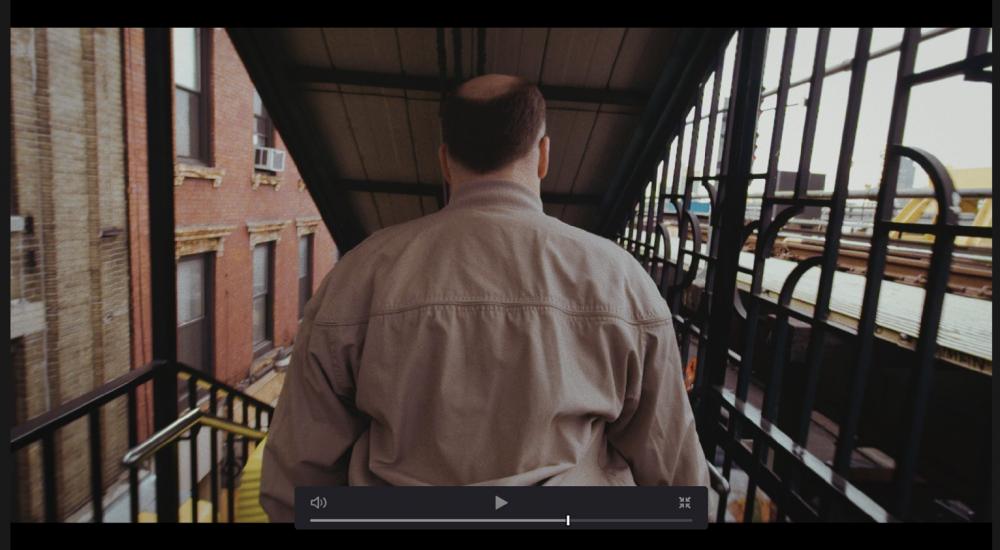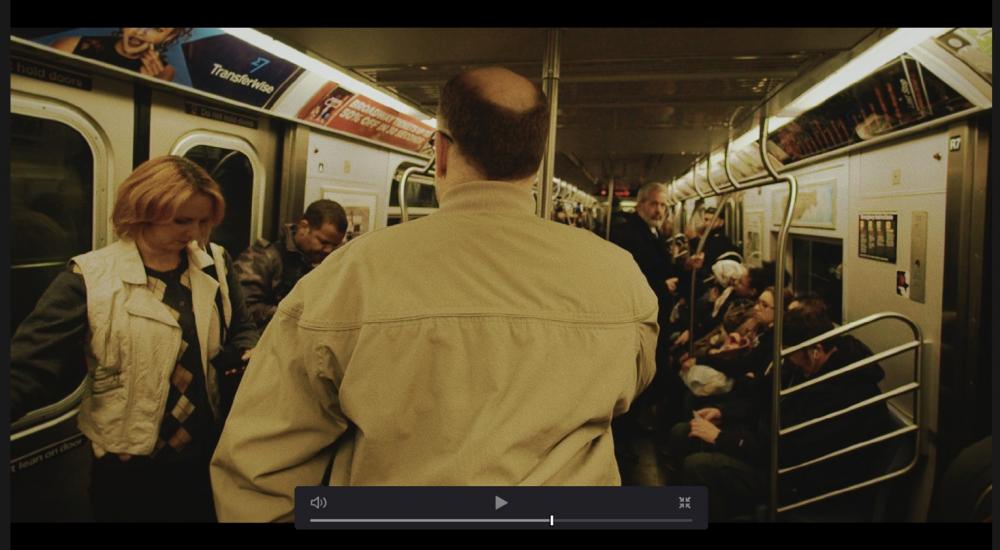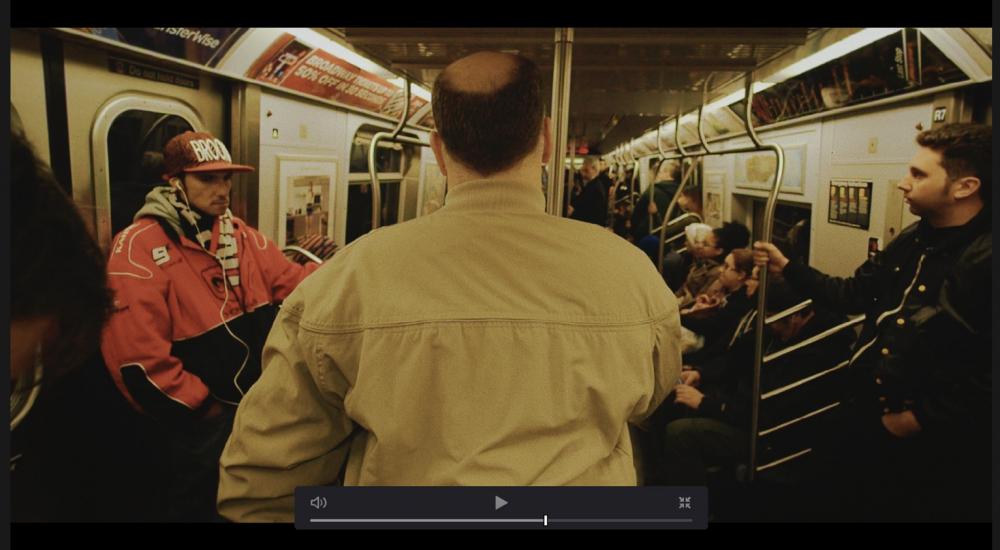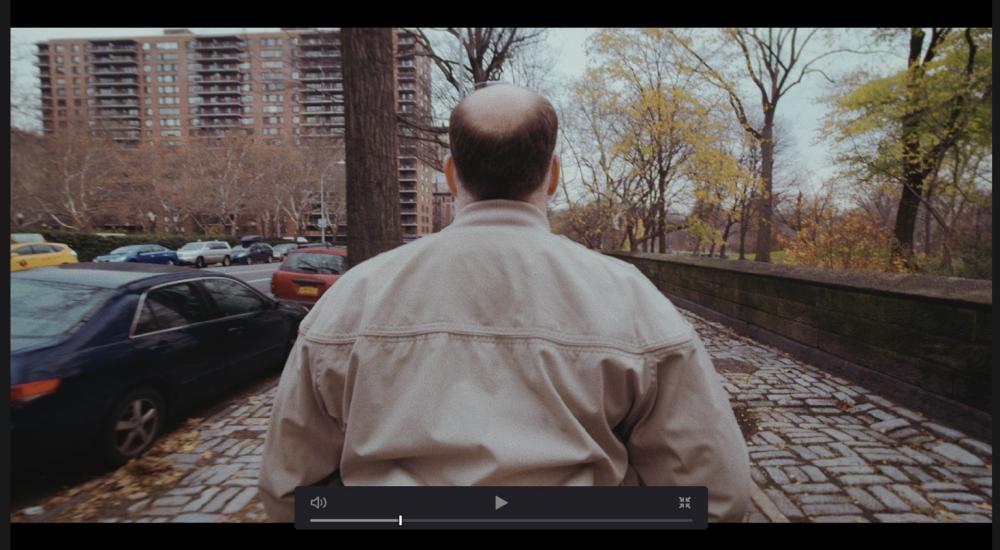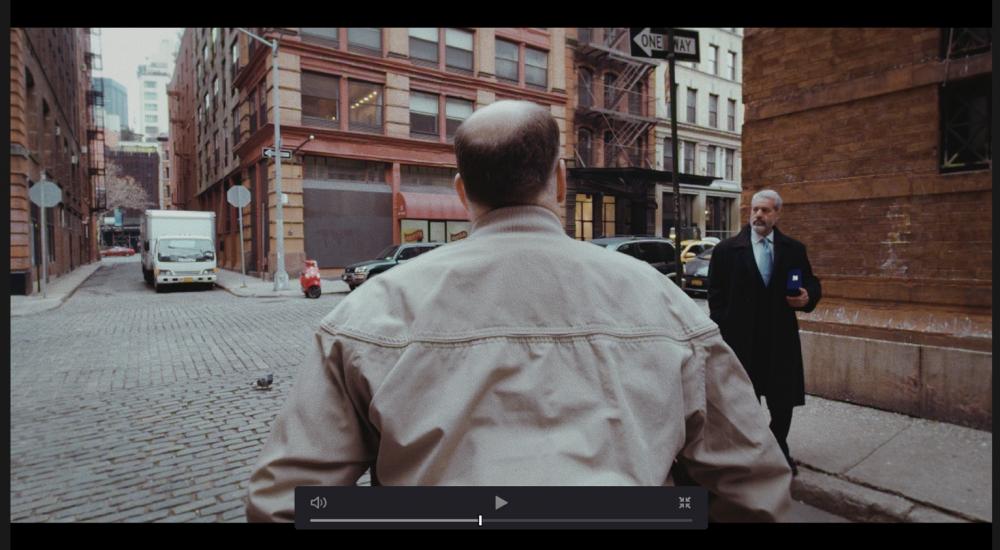
Ed_David
Members via Facebook-
Posts
1,205 -
Joined
-
Last visited
Content Type
Profiles
Forums
Articles
Everything posted by Ed_David
-
here's some screengrabs from a short film I'm making for Bernie Sanders using the A7S ii with leica 35mm lens in 4k mode. Click on them to see full-size. Pro Gamut, sharpness at minus 5. CINE4. in post color chart, then to 500t lut and also adding in an alexa rec709 lut from film convert and some film grain. I'll make a lut to download if anyone is interested. I feel that even at minus 5 sharpness it feels too sharp of a camera. I'm really impressed by the quality and the stabilization on the sensor is great. Walking with the camera, well it's not going to look smooth unless you use a steadicam or a gimbal. Interested in the Nebula 4200 when it comes out. Also now I have to do a test with the Sony F35, F3, and A7S ii and see which ones I'll sell onto ebay.
-
A7rii and A7sii gets longer 4k recording with firmware
Ed_David replied to BrorSvensson's topic in Cameras
Perfect. The rush to have the latest and greatest is some weird fetishization spurred on by marketing. The iphone 3 once the iphone 4 came out was immediately garbarge. We live in this throwaway culture for photography and video as well. If it's not the latest, it's total trash. Well a tungsten fresnel from the 80s still produces a more beautiful wrap than the newer HMI units. Or an old Oconnor tripod from the 90s still has the smoothest head compared to all the latest. It's all madness. And what's sad especially with red, is that everyone constantly rushes to preorder their cameras, without even having used them. And then they find out they have issues with them, like the dragon, which causes Red to make a completely redesigned body. And let's all preorder the weapon, and then later find out it's flawed too. Preordering and drooling over unreleased cameras is pretty nutso. But with that said, if you are smart and can sell before the new one comes out, you save a lot of money. -
The Scarlet-W looks like the best camera they have made in a while. Again, don't preorder. Wait for it to come out. Do tests. Rent it. Use it against other cameras. Then decide. Pre-order a $10,000-$20,000 piece of kit is perhaps the dumbest thing in the world to do. Find out what surprises can happen with their camera. How it handles dynamic range, etc etc. How its fan works - all that stuff. Early adopters always get burned. I ususally wait a year after the camera is out to buy it. And in the meantime rent it for gigs and test it.
-
stills day 3. Lesson learned the hard way - use the on camera histogram - anything underexposed will have really bad chroma macroblocking or something random. Neatvideo can't clean this up. Also I wish I had more time to do underexposure and overexposure tests. I think it can be clean up to 640 ISO - I don't know actually that well. Shoot is done. Film should be ready early next year.
-
The problem is the snorricam rig is attached to the actor and he's wearing it 10 hours a day - so every pound is multiplied by 3x and it's going into his back, not his chest - so it really digs it hard. It's super painful. We did it with the metabones ultra and a Tokina lens and it added about 1.5 lbs in weight - so it added x 3 about 6 lbs in weight which made it really heavy for him. The ergonomics of this snorricam rig from the back like from a video game 3rd person perspective is super super tiring. I could only last in my tests for about 20 minutes before I started to feel serious fatigue, and he's running, moving up and down, moving everywhere - it's a super demanding rig, and the actor is not a stunt person who worked out his lumbar area for a month prior to the shoot. Why to use the Olympus - because It's a short film commissioned by Olympus.
-
There is some random ND solution for the lens but I didn't think of buying it in time. So we shot in daylight at 200 ISO it's lowest setting and a f-stop around 5.6 or 8. This is how people used to shoot outside, at f/8 - like the westerns. But of course it is not ideal, but using tape or gaffer nd to the lens, well it's rigged to the guys body so didn't really want to try that. But maybe tomorrow I'm bring a few pieces of ND and try taping to the lens - maybe a horrible idea. The camera is good going out 4:2:2 8-bit, but internal codec is h.264, best setting is intraframe h.264 and I felt it didn't have enough resolution or it had some kind of weird softness to the camera. Shot day 2 today - went really well - a bunch of interiors, playing with light. Again still think this is mostly a 400 ISO camera to get decent results. After the A7S which is clean up to I think 2000 ISO, it's an interesting test. The moire on this guy is pretty bad. I think most micro 4/3rd sensors suffer from this issue.
-
The red one mx will give a better image. Better motion cadence. Less fan issues. Multiple hd sdi out. Raven is lighter but probably will have terrible fan issues and no audio in maybe and other crappiness. Wait till it comes out. Until then it doesnt exist.
-
I normalized. Messed with color contrast highlights lowered. Added film grain. Added blue in shadows. Contrast. A whole bunch of messing around to make it feel like fiji eterna. Camera is great in everything but crappy fluorescent lighting. Sensor stabilization is a miracle. Would rate it at 400 iso for clean video. Shot with 7 to 14mm olympus pro lens Was a body rig....snorticam attached to actor.
-
Doing a short film - don't leak this please - color charts - then I mucked it up to feel like fuji eterna 16mm fuji film. Camera going 4:2:2 8-bit hdmi into odyssey recorder Color charts are everything as a starting point.
-
well with some camera sensors its easier than others to get nice graduations. And if course if the camera can output 10 bit or 12 bit you have more color gradiations than a camera that only output 8 bit. Also depends on dynamic range and sensativity of camera...how quickly it falls apart. Color charted the olypmus e m5 ii for a shoot. Compared to f35 looks like welll...use your imagination.
-
Here's the lut to download: http://kittyguerrilla.com/ed_luts/ The charts will work fine with any camera, it doesn't need to be log or raw. It just takes the color from your camera and rewraps it. Log is more about exposure and how it handles shadows and highlights - not color. And RAW is pre-processed LOG files. There is nothing magical about RAW. Most raw is actually compressed - like Red RAW. I like pro res 4444 over DPX (uncompressed) files because it saves on space signifigantly and makes it easier to get thru a shoot on time.
-
Yes, you use the vectroscope, and you change saturation, and the three-way color correction on midtones, shadows, highlights and offset to get the colors into the boxes. You don't isolate the color with a key and do it that way. But still his video - I think his skintones from the a7s looked awesome.
-
Just film the color chart with decent light on it. then go into resolve or whatever - go to "color chart setting" and you put the swatches over the color chat, say what color temp you want it for (6500k) is default, but you can mess with this, and boom - it neutralizes your image to those colors so they are color accurate. From there, you can start messing around with the image.
-
Yes I used the color match tool in Resolve with the x-rite color chart. Interesting the one-shot vs color checker by Art Adams. But I think resolve's default is the x-rite color checker. And it looks like the x-rite has the same colors as the one-shot. Also he works for DSC labs - he designed the one-shot with them, so he maybe a little biased. Would be interested to hear an independent colorist's opinion on the matter. Also the x-rite is like $70, his is $300 here's a good independent test:
-
Here's a test I just did with the sony f35 and colored with the color chart tool in resolve: No lut - just that color chart tool and some basic color corection - I feel this gives a completely natural amount of skin tones that I think I like more that Filmconvert or Impulz Luts all that stuff. I am beginning to wonder if using those luts are kind of like using a beginner guide to understanding color and maybe that's why most colorists don't like them. Anywho, now I know the importance of having a color chart - how useful and quickly it can be used to neutralize an image and skintones, and go from there. From this day forward, I will bring a color chart to all my shoots. Here's the LUT from this test - everyone can download and use on pretty much all their footage - it's made for s-log but with adjustment probably works on everything - http://kittyguerrilla.com/ed_luts/
-
this sounds great! would love to see how it compares to digital bolex with more film-like CCD sensor.
-
yes, you have to find an end for the cineon that takes you to rec 709 color space. Film print color spaces are more compressed - the absolute white is not as white. I don't know if .FC or .VS keeps in rec 709. But I am back to filmconvert, I have said goodbye to impulz luts for now.
-
This test looks amazing. If I had my money for best professional sub-10k camera for 2016, the red raven trumps over the Ursa 4.6k. But that is just based on one test video, that looks better than the music videos shot on the Red Weapon. The only way to really tell if a camera is better than another is to see boring test videos - comparisons between cameras. Highlight handling. Low light handling. Skin tone test. Mixed lighting tests. Resolution test. Boring boring stuff. Until then, I still have my red one mx - which is great, not good at highlight handling, but I would be curious to do a side by side. See the motion. See how it all feels next to each other. Here's a short film I shot on the Red One MX. This is with lighting. At night. Will the Red Raven look better? What are the strengths of the Raven over the Red One MX? The weaknesses? Are there going to be fan noise problems like the Red Epic dragon? Cabling issues - only one hd-sdi port? Hard to get to timecode port and weird audio ports? These are all things to know before drolling over something. https://vimeo.com/127683476
-
Cineon then film contrast goves more control But .fc is good too and .vs is less contrast version of .fc
-
brilliant link and example. You don't need to hit people over the head with color theory. Less is more. HOWEVER I think too many things are really desaturated. I miss the rich colors of kodak film. The whole Red look with a muted palette drives me bonkers.
-
This is great. I am using one right now for testing. One thing I have found in an informal test - is that the resolution of the E-M5 ii goes signifigantly up using HDMI out vs the internal h.264 avc-i codec. Noise goes down. Thanks for explaining the stabilization - I'll make sure to turn off digital stabilization. Flat movie profile....its called flat. Heres how to enable in menu options http://***URL removed***/forums/post/56844904
-
I heard aces is amazing - but I just barely learned CINEON and all that. My brain is fried.
-
yes but you can also use a cineon film print, modify on your own, then go to a film print, and export that lut as your own. You use their luts as a starting point then start grading like a madman. There step just gives you a quick filmic s-curve, saturation curve, and remapping of colors. It saves a bunch of time and makes it go towards a standard, then you can tweak tweak and clip the thumbnail and export as a LUT.
-
I think Nikon and Canon have nailed the raw color science in their stills. I don't know why a video image is different, but it is. I looked at some stuff I shot on the sony ex1 with a lens adapter and a backed-in look and the skin colors were perfect. I still think it's the early days of log-shooting by everyone. RAW has been going around since maybe 2003 or so and tons of people have used it. Color correction for the masses in video is a relatively new thing I think - ushered by Resolve being made free. Will take some time to figure out.

